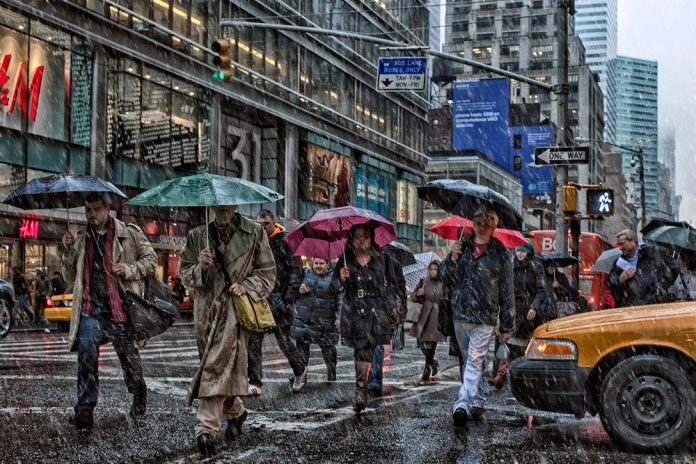The State of New York was estimated to get rid of around 6.5 billion gallons of untreated sewer and stormwater in 2017, a new report from the New York State Comptroller shows.
The report, entitled A Partially Treated Problem: Overflows From Combined Sewers, states that treatment plants burdened by excess stormwater through combined sewage systems are consistently forced to divert contaminated flows into nearby creeks and lakes. According to New York Upstate, half of the contaminated waters come from New York City.
Treatment plants are a recently added type of infrastructure to the system’s design, which over time has lead to a gradual build-up of “gray water” from appliances such as washing machines and bathtubs. The report says the system’s original design was intended to collect mainly residential, commercial and industrial sewage. It explains that treatment facilities “may not have the capacity to treat the resulting large volume of combined water”.
“Older infrastructure was not designed with these newer flows in mind, nor was it built to handle the increases in volume due to population growth and land development. Even newer, separated sanitary sewers can struggle with these challenges,” it adds.
Combined sewer systems currently serve New York City’s 8.5 million residents (the state’s total residency numbers some 10.5 million people), many of whom use surrounding bodies of natural water for leisurely activities, including swimming and fishing. As growing numbers of people move to these areas, concerns over the capacity of the state to maintain its natural beauty have intensified.
The report argues however that in most cases, “wastewater does not come into direct contact with drinking water”, due to its far-removed proximity to sewer outflows. It warns though that the risk of contaminants finding their way into downstream drinking water systems are large enough to require decisive action by local officials to improve current infrastructure.
The United States Environmental Protection Agency (EPA)’s latest estimates costs to the taxpayer of correcting the state’s combined sewer system at US$5.1 billion until 2032. This is on top of the US$26.3 billion needed to improve other wastewater infrastructure, a cost the report emphasises lies with local government.
While extreme wet weather events that tend to overwhelm combined sewer systems “are expected to increase in severity and frequency”, the report recommends local officials use these events and other reports of sewage release to “motivate residents, businesses and taxpayers to take action”.
It concludes: “Maintaining such a farsighted, deliberate and persistent response can be a challenge, especially for municipalities struggling with fiscal stress. However, the cost of inaction is also large, as evidenced by increasing beach closures, harmful algal blooms, fish consumption limits and countless other related impacts on human and environmental health.”








